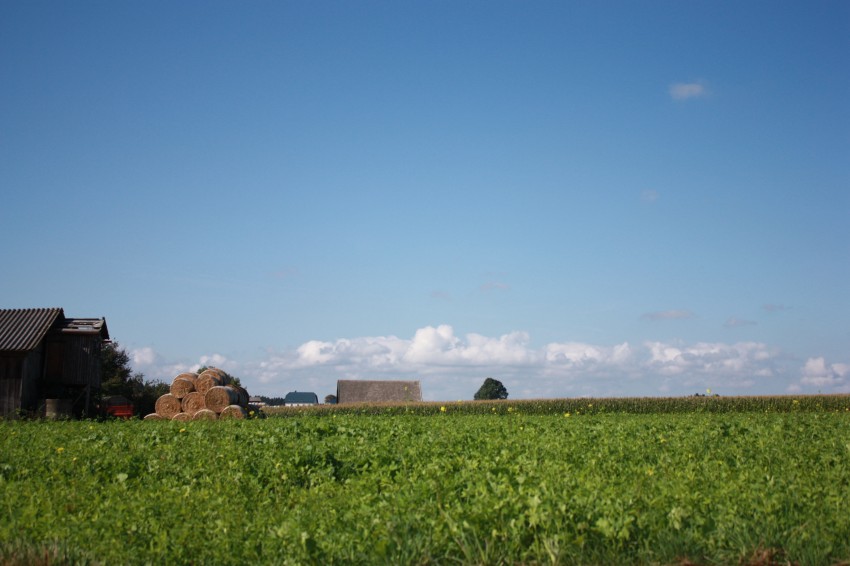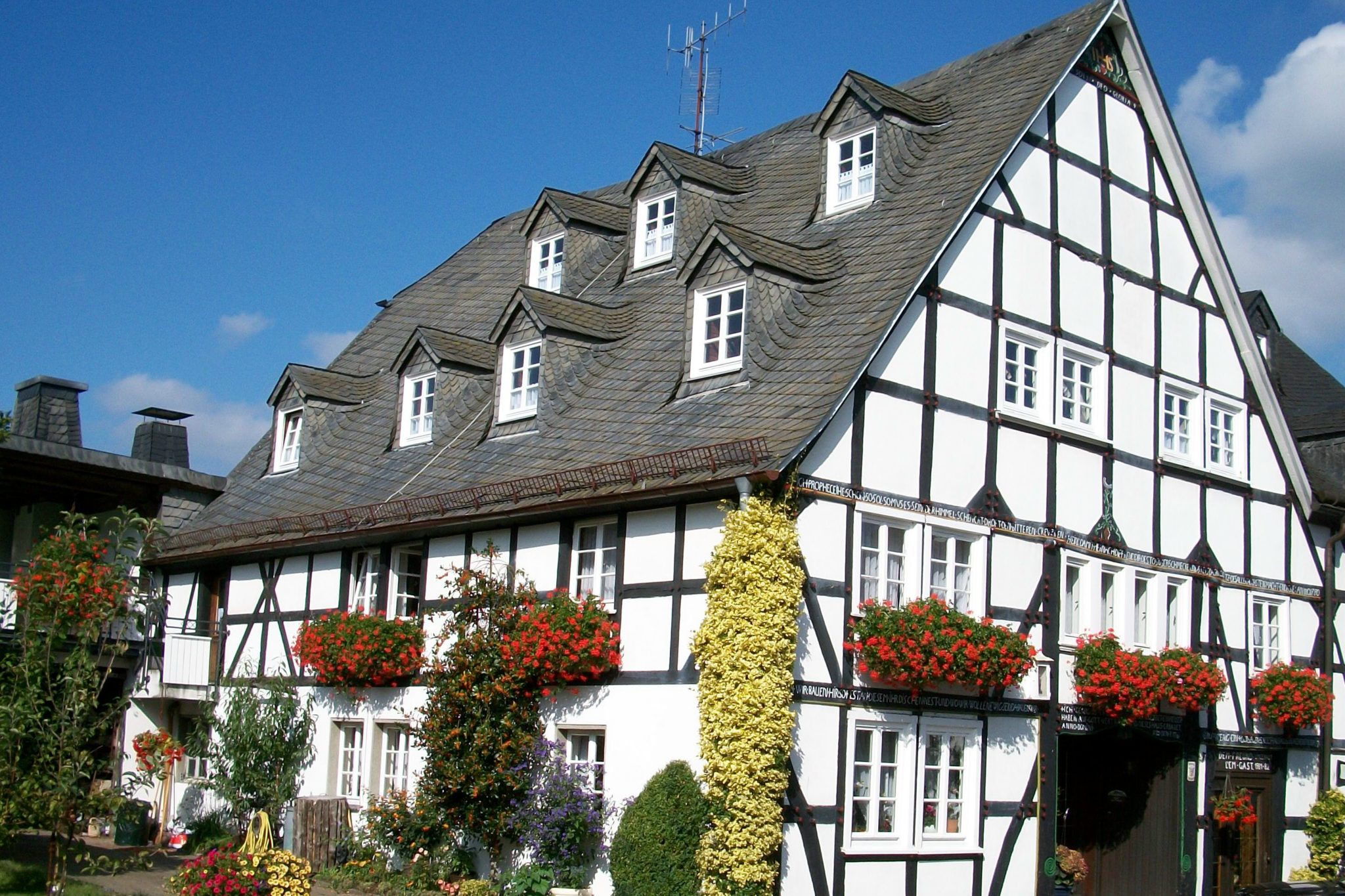I truly wish there was a quick answer to that question. But unfortunately it is complicated.
Conventional
The term 'conventional', when used to describe agricultural methods, was invented by the synthetic fertilizer, pesticide, herbicide and other agricultural chemical products industry. It emerged as part of the global chemical industry boom experienced after WW2, and is now domineering agricultural practices globally, reaping billions of dollars in profits every year.
Applied to reality 'conventional' translates into 'anything but certified organic'. 'Conventional' could be a spice, tea, herb, or other food crop that was wild crafted in a remote, pristine area. It could also be a food product that was genetically engineered, grown with the use of pesticides and herbicides, fumigated and sterilized, and exposed to radiation, and anything in between.
Certified Organic
Certified 'organic' means that the product was grown, processed and handled according to organic standards.
Common perception is that these organic crops were cultivated, but organic industry standards have changed to include 'organic wild crafted'. What most people don't realize is that the great majority of medicinal plants available on the commercial market are actually wild crafted in a certified organic wild area. 'Certified organic' can now include 'organically wild collected in an certified area'. It no longer means only 'organically cultivated'.
Wild Crafted
'Wild crafted' means that the crops were collected in the natural outdoor environment, whether that is a remote area far away from civilization, or a green strip along a highway.
People who wild craft herbs for a living tend to be of marginalized, impoverished population segments in rural areas, very often they are women and children. They perform taxing labor, in harsh conditions, in remote areas, and typically get paid their meager rewards in cash by the end of the day. These could be poor folks digging up roots and stripping tree bark in US woods, or Roma Gypsies collecting wild plants in Eastern Europe, or women digging up Devils Claw root in South Africa, harvesting Frankincense in Somalia, or Rhodiola root in China.
The environmental damage inflicted by these collection activities is immense, as demand exceeds supply, and subsequent waste/spoilage, which occurs during the long transportation process between plant harvest to the end consumer, is huge.
'Wild collected organic certified' collection guidelines do include that a reasonable amount of plants need to be left in the wild to ensure survival of the species. Likewise, if people subsisting of the plants growing wild in their natural surroundings can count upon a steady income to rely on over the years, they may be more prone to implement techniques that will ensure continuous revenues from these plants. However, since all this is done in remote areas, it is very difficult to monitor compliance, and the dire economical situation of the gatherers may not be conducive to long term strategies.
So what to do when purchasing herbs, teas, spices and medicinal plants?
- Buy only what you are going to use before the natural product expires; all botanicals are perishable over time. Store your herbs in sealed glass containers, in a dry, dark environment.
- Use certified organic herbs that are cultivated on a large scale in the suitable climate, such as pantry staple kitchen herbs and spices . Or use plants that are known weeds.
- Avoid all plants which cannot be cultivated, because they can only grow in their native habitat. Of particular concern are forest plants, alpine plants, desert and steppe plants.
- Members of the Cities Species lists should never be purchased.
- Research diligently before buying roots or tree barks. Shrubs, and many perennial plants, which are harvested for their roots and rhizomes, take several years before reaching harvest maturity. Once they are dug up for commercial harvest, there is nothing left of the plant. Trees are unforgiving to any damage to their cambium, as bark wounds allow entry to fungus and insect attacks, with tree death as a result. Most trees barks available on the commercial market were stripped from felled trees.
- don't fall victim to herb fads. Most likely the exotic, rare herb, that the TV celebrity of the day is touting, is not your only option. There are medicinal plants in any climate zone of this globe, which have been used by the inhabitants for the history of human kind. It is most appropriate to utilize the medicinal plants that readily available to you where you live.
- grow your own. If you live in an apartment in the US, there is may be a community garden plot available to you not too far. If you are renting, create your own little garden plot on the rented spot. Gardening is an entirely temporary activity: as soon as you stop actively tending to your garden, it will go to weeds and no longer be a garden. Start gardening on the land you have at your finger tips, even it it is just a window sill.


Leave a Reply